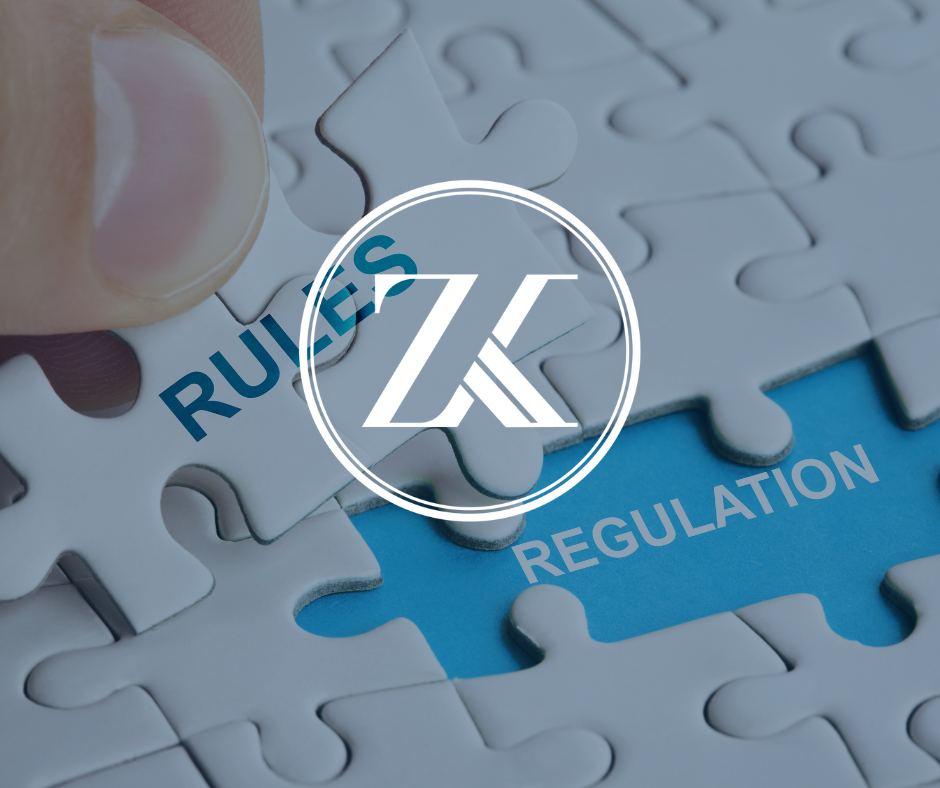- Business in Poland -
The legal and organizational nature of the Employee Handbook and the Rules of Remuneration in the workplace
What is the Employee Handbook, and when is it required?
The employee handbook is an internal normative document that sets out general rights and obligations of both the employer and employees regarding the organization and discipline of work. Introducing this document is mandatory for employers who employ at least a certain minimum number of employees, unless all relevant matters are already fully covered by a collective labor agreement. In smaller companies, the introduction of the handbook is optional—except when a trade union operating in the company requests it. In such a case, the employer must introduce it, provided these matters are not already covered by the collective agreement.
How is the Employee Handbook agreed with Trade Unions?
The employee handbook must be agreed upon between the employer and the trade union. Here, “agreement” means that both parties must fully agree on the entire content. If they cannot agree on a deadline for completing the negotiations, the employer cannot issue the handbook unilaterally. Only after the previously agreed deadline passes without success, the employer may implement the handbook on their own.
What if there are multiple Trade Unions in the workplace?
When more than one trade union is present, they must work out a common position regarding the draft of the handbook. If no unified version is presented within the agreed time, the employer may determine the content unilaterally, but must first consider each union's individual proposals. If a joint version is submitted on time but not accepted by the employer, further negotiations must continue without a time limit until a compromise is reached.
Can the employer introduce the Handbook without a Union?
If there is no employee representation in the company, the employer may introduce the handbook unilaterally. In such cases, the handbook remains an internal document but is not considered a source of law in the constitutional sense. It is binding based on statutory law and the employment contract. The handbook becomes effective after a set period following its announcement to employees in the way normally used in the company, typically in written form. The employer is also required to inform every newly hired employee about the content of the handbook before they start work.
How are changes to the Employee Handbook made?
Any changes to the employee handbook must follow the same procedure as its initial introduction. If the employer refuses to introduce changes, the trade union may start a collective dispute. The handbook ceases to be effective if it is repealed by the employer, replaced by a new act, or if its subject matter becomes covered by a collective agreement. It also becomes invalid if the minimum employee threshold justifying its existence is no longer met.
What does the Employee Handbook typically include?
The employee handbook typically covers rules on work organization, occupational health and safety, access to and presence on company premises, work time systems, payroll dates, and employee discipline. The content includes both normative elements (creating obligations for both parties) and informative elements (providing information about applicable legal acts).
Legal framework for the rules of remuneration
A similar legal regime applies to the rules of remuneration, which are the main internal document governing pay conditions and other work-related financial benefits. The obligation to introduce them arises when the company employs at least a specific number of employees and there is no collective agreement regulating remuneration. The content of the rules of remuneration must be agreed with the trade union, if one is active in the workplace. If there is more than one union, the same procedure used for the employee handbook applies.
What must the rules of remuneration include?
The rules of remuneration should cover salary systems, principles for granting various components of pay (such as bonuses), and non-salary benefits related to work—such as severance pay, allowances, or compensation. In practice, they may also replace other internal pay-related regulations, as long as no collective agreement exists. The rules cease to apply when a collective agreement covering the same matters comes into force. However, more favorable provisions from the old rules may still apply until changed in accordance with the proper procedure for modifying individual employment terms.
Can the rules of remuneration worsen employee conditions?
As a quasi-normative act, the rules of remuneration cannot include provisions less favorable than those in statutory law or binding collective agreements. If any changes worsen employee conditions, they can only be introduced via a notice of change or a mutual agreement to amend the employment contract. For the rules of remuneration to come into effect, they must be announced to employees in advance, in the usual manner used by the company.
Legal status of internal Labor Law documents in the workplace
In both cases employee handbook and rules of remuneration we are dealing with internal labor law documents. Depending on how they are introduced, they can either be treated as a negotiated collective agreement or a unilateral internal act, both forming part of the employment relationship framework.
Need a help?
Contact me: Attorney Joanna Chmielińska, Partner/Head of Business Law Department
E-mail: j.chmielinska@kkz.com.pl








